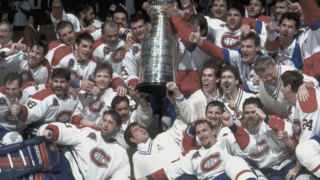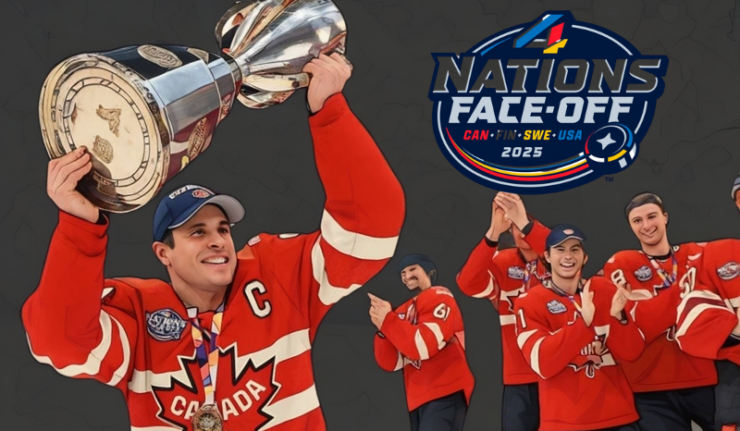The NHL’s announcement of a proposed “Four Nations Face-Off” in 2025 has ignited a spark of excitement that traditional All-Star formats have long struggled to generate. This concept, pitting the best players from Canada, the United States, Finland, and Sweden against each other in a mini-tournament, isn’t just a breath of fresh air; it’s a blueprint for the future of All-Star events across all major sports.
For years, All-Star games have grappled with the same fundamental problem: a lack of genuine stakes. The inherent exhibition nature of these events often results in diluted effort, leading to predictable and ultimately uninspiring displays. While skill competitions offer a brief reprieve, they rarely compensate for the lackluster game itself. The Four Nations format, however, addresses this issue head-on by introducing a competitive structure that fosters genuine rivalry and heightened intensity.
The sheer national pride involved in representing one’s country against its fiercest hockey rivals is a powerful motivator. Players accustomed to competing against each other in the NHL will now be united by a common goal, creating a unique dynamic that transcends typical All-Star camaraderie. The prospect of Canada facing off against the rising power of Finland or the storied rivalry between the US and Sweden is inherently compelling. Each game carries weight, and the tournament format ensures that every result matters.
Moreover, the Four Nations format streamlines the event, focusing on high-quality, meaningful competition. Instead of a drawn-out weekend filled with extraneous events, the emphasis shifts to the core product: elite hockey. This concentrated approach is more likely to capture the attention of casual fans, who may find the traditional All-Star weekend overwhelming.
The implications extend beyond the NHL. This format holds the potential to revolutionize All-Star events in other sports like basketball, baseball, and soccer. Imagine a basketball tournament featuring the best players from the US, Spain, France, and Australia, or a baseball showcase pitting the Dominican Republic, Japan, the US, and Puerto Rico against each other. The possibilities are endless.
The Four Nations format also presents a unique marketing opportunity. National rivalries are inherently marketable, and the concept lends itself to compelling storylines and promotional campaigns. The ability to leverage national pride and international competition creates a level of engagement that traditional All-Star events simply cannot replicate.
Of course, logistical challenges exist. Coordinating schedules, ensuring player availability, and maintaining fairness are all crucial considerations. However, the potential rewards far outweigh the obstacles. The NHL’s willingness to experiment with this innovative format demonstrates a commitment to revitalizing its All-Star product and engaging a global audience.
Furthermore, this format increases the level of respect and intensity of the sport. It would be an event that players would want to win, and fans would want to watch. It increases the overall legacy of the event, and will be much more memorable then the traditional all star game.
The NHL’s proposed Four Nations Face-Off is more than just a temporary experiment. It’s a paradigm shift, a glimpse into the future of All-Star events. By prioritizing competition, national pride, and a streamlined format, the NHL has created a blueprint that other leagues should eagerly adopt. The days of lackluster All-Star exhibitions may soon be behind us, replaced by a new era of compelling, high-stakes competition.



